| [1] Choi B,Kim S,Lin B,et al.Cartilaginous Extracellular Matrix-Modified Chitosan Hydrogels for Cartilage Tissue Engineering.Acs Appl Mater Interfaces. 2014;6(22):20110-20121.[2] Hunziker EB.Articular cartilage repair: basic science and clinical progress. A review of the current status and prospects. Osteoarthritis Cartilage.2002;10(6):432-463.[3] Redler LH,Caldwell JM,Schulz BM,et al.Management of articular cartilage defects of the knee.Phys Sportsmed. 2010;92(4): 994-1009.[4] Zhou M,Yu D.Cartilage tissue engineering using PHBV and PHBV/Bioglass scaffolds[J].Mol Med Rep. 2014;10(1):508-514.[5] Cheng CW,Solorio LD,Alsberg E.Decellularized tissue and cell-derived extracellular matrices as scaffolds for orthopaedic tissue engineering.Biotechnol Adv.2014;32(2):462-484.[6] Zhang W,Zhu Y,Li J,et al.Cell-Derived Extracellular Matrix: Basic Characteristics and Current Applications in Orthopedic Tissue Engineering.Tissue Eng Part B Rev. 2016;22(3):193-207.[7] Dao TT,Vu NB,Pham LH,et al.In Vitro Production of Cartilage Tissue from Rabbit Bone Marrow-Derived Mesenchymal Stem Cells and Polycaprolactone Scaffold.Adv Exp Med Biol. 2018: 1-16.doi: 10.1007/5584_2017_133.[Epub ahead of print][8] 林建华,陈雷.组织工程软骨生物材料特征与研究现状[J].中国临床康复,2004,8(8):1522-1523.[9] 叶春婷,邹海燕,叶惠贞,等.猪软骨II型胶原的生物相容性研究[J].中国临床康复,2002,6(6):797-797.[10] 谭可.具有不同孔径的三维多孔支架材料的制备以及孔径对细胞体外生长和分化调节作用的研究[D].华东理工大学, 2014:20-43.[11] 徐小龙.组织工程技术治疗股骨头骨坏死的探索性研究[D].中国人民解放军总医院,2015:33-40.[12] 王永成.一体化关节软骨细胞外基质/羟基磷灰石双相支架构建与骨软骨界面组织工程应用[D].中国人民解放军医学院, 2014:40-52.[13] 徐丽娟,张云巍,王淑芳,等.小鼠骨髓间充质干细胞的分离、培养新方法[J].肝脏,2017,26(3):252-255.[14] Schwarz S,Elsaesser AF,Koerber L,et al.Processed xenogenic cartilage as innovative biomatrix for cartilage tissue engineering: effects on chondrocyte differentiation and function.J Tissue Eng Regen Med.2015;9(12):E239-251. [15] Smith BD,Grande DA.The current state of scaffolds for musculoskeletal regenerative applications. Nat Rev Rheumatol. 2015;11(4):213-222.[16] Duda GN,Haisch A,Endres M,et al.Mechanical quality of tissue engineered cartilage: results after 6 and 12 weeks in vivo.J Biomed Mater Res.2000;53(6):673-677.[17] Rotter N,Aigner J,Naumann A,et al.Behavior of tissue-engineered human cartilage after transplantation into nude mice.J Mater Sci Mater Med.1999;10(10/11):689-693.[18] Sutherland AJ,Converse GL,Hopkins RA,et al.The Bioactivity of Cartilage Extracellular Matrix in Articular Cartilage Regeneration. Adv Healthc Mater.2015;4(1):29-39.[19] Chen CH,Lee MY,Shyu VH,et al.Surface modification of polycaprolactone scaffolds fabricated via selective laser sintering for cartilage tissue engineering.Mater Sci Eng C Mater Biol Appl. 2014; 40:389-397.[20] Vinatier C,Guicheux J.Cartilage tissue engineering: From biomaterials and stem cells to osteoarthritis treatments.Ann Phys Rehabil Med.2016;59(3):139-144.[21] Elder BD,Eleswarapu SV,Athanasiou KA.Extraction techniques for the decellularization of tissue engineered articular cartilage constructs.Biomaterials. 2009;30(22):3749-3756.[22] Wu LC,Kuo YJ,Sun FW,et al.Optimized decellularization protocol including α-Gal epitope reduction for fabrication of an acellular porcine annulus fibrosus scaffold.Cell Tissue Bank. 2017; 18(3): 383-396.[23] 李坤,赵艳红,徐晨,等.基于软骨细胞外基质的取向支架的制备及评价[J].华西口腔医学杂志,2017,35(1):51-56.[24] Veronesi F,Maglio M,Tschon M,et al.Adipose-derived mesenchymal stem cells for cartilage tissue engineering: State-of-The-Art in in vivo, studies.J Biomed Mater Res A. 2014; 102(7):2448-2466.[25] Haleem AM,Singergy AA,Sabry D,et al.The Clinical Use of Human Culture-Expanded Autologous Bone Marrow Mesenchymal Stem Cells Transplanted on Platelet-Rich Fibrin Glue in the Treatment of Articular Cartilage Defects: A Pilot Study and Preliminary Results. Cartilage. 2010;1(4):253-261.[26] Vadalà G,Di MA,Tirindelli MC,et al.Use of autologous bone marrow cells concentrate enriched with platelet-rich fibrin on corticocancellous bone allograft for posterolateral multilevel cervical fusion.J Tissue Eng Regen Med.2008;2(8):515-520.[27] Wakitani S,Okabe T,Horibe S,et al.Safety of autologous bone marrow-derived mesenchymal stem cell transplantation for cartilage repair in 41 patients with 45 joints followed for up to 11 years and 5 months.J Tissue Eng Regen Med. 2011;5(2):146-150. [28] Liu X,Meng H,Guo Q,et al.Tissue-derived scaffolds and cells for articular cartilage tissue engineering: characteristics, applications and progress.Cell Tissue Res. 2018;372(1):13-22.[29] Juran CM,Dolwick MF,Mcfetridge PS.Engineered microporosity: enhancing the early regenerative potential of decellularized temporomandibular joint discs.Tissue Eng Part A. 2015;21(3-4): 829-839.[30] Luo L,Eswaramoorthy R,Mulhall KJ,et al.Decellularization of porcine articular cartilage explants and their subsequent repopulation with human chondroprogenitor cells.J Mech Behav Biomed Mater.2015; 55:21-31.[1] Choi B,Kim S,Lin B,et al.Cartilaginous Extracellular Matrix-Modified Chitosan Hydrogels for Cartilage Tissue Engineering.Acs Appl Mater Interfaces. 2014;6(22):20110-20121.[2] Hunziker EB.Articular cartilage repair: basic science and clinical progress. A review of the current status and prospects. Osteoarthritis Cartilage.2002;10(6):432-463.[3] Redler LH,Caldwell JM,Schulz BM,et al.Management of articular cartilage defects of the knee.Phys Sportsmed. 2010;92(4): 994-1009.[4] Zhou M,Yu D.Cartilage tissue engineering using PHBV and PHBV/Bioglass scaffolds[J].Mol Med Rep. 2014;10(1):508-514.[5] Cheng CW,Solorio LD,Alsberg E.Decellularized tissue and cell-derived extracellular matrices as scaffolds for orthopaedic tissue engineering.Biotechnol Adv.2014;32(2):462-484.[6] Zhang W,Zhu Y,Li J,et al.Cell-Derived Extracellular Matrix: Basic Characteristics and Current Applications in Orthopedic Tissue Engineering.Tissue Eng Part B Rev. 2016;22(3):193-207.[7] Dao TT,Vu NB,Pham LH,et al.In Vitro Production of Cartilage Tissue from Rabbit Bone Marrow-Derived Mesenchymal Stem Cells and Polycaprolactone Scaffold.Adv Exp Med Biol. 2018: 1-16.doi: 10.1007/5584_2017_133.[Epub ahead of print][8] 林建华,陈雷.组织工程软骨生物材料特征与研究现状[J].中国临床康复,2004,8(8):1522-1523.[9] 叶春婷,邹海燕,叶惠贞,等.猪软骨II型胶原的生物相容性研究[J].中国临床康复,2002,6(6):797-797.[10] 谭可.具有不同孔径的三维多孔支架材料的制备以及孔径对细胞体外生长和分化调节作用的研究[D].华东理工大学, 2014:20-43.[11] 徐小龙.组织工程技术治疗股骨头骨坏死的探索性研究[D].中国人民解放军总医院,2015:33-40.[12] 王永成.一体化关节软骨细胞外基质/羟基磷灰石双相支架构建与骨软骨界面组织工程应用[D].中国人民解放军医学院, 2014:40-52.[13] 徐丽娟,张云巍,王淑芳,等.小鼠骨髓间充质干细胞的分离、培养新方法[J].肝脏,2017,26(3):252-255.[14] Schwarz S,Elsaesser AF,Koerber L,et al.Processed xenogenic cartilage as innovative biomatrix for cartilage tissue engineering: effects on chondrocyte differentiation and function.J Tissue Eng Regen Med.2015;9(12):E239-251. [15] Smith BD,Grande DA.The current state of scaffolds for musculoskeletal regenerative applications. Nat Rev Rheumatol. 2015;11(4):213-222.[16] Duda GN,Haisch A,Endres M,et al.Mechanical quality of tissue engineered cartilage: results after 6 and 12 weeks in vivo.J Biomed Mater Res.2000;53(6):673-677.[17] Rotter N,Aigner J,Naumann A,et al.Behavior of tissue-engineered human cartilage after transplantation into nude mice.J Mater Sci Mater Med.1999;10(10/11):689-693.[18] Sutherland AJ,Converse GL,Hopkins RA,et al.The Bioactivity of Cartilage Extracellular Matrix in Articular Cartilage Regeneration. Adv Healthc Mater.2015;4(1):29-39.[19] Chen CH,Lee MY,Shyu VH,et al.Surface modification of polycaprolactone scaffolds fabricated via selective laser sintering for cartilage tissue engineering.Mater Sci Eng C Mater Biol Appl. 2014; 40:389-397.[20] Vinatier C,Guicheux J.Cartilage tissue engineering: From biomaterials and stem cells to osteoarthritis treatments.Ann Phys Rehabil Med.2016;59(3):139-144.[21] Elder BD,Eleswarapu SV,Athanasiou KA.Extraction techniques for the decellularization of tissue engineered articular cartilage constructs.Biomaterials. 2009;30(22):3749-3756.[22] Wu LC,Kuo YJ,Sun FW,et al.Optimized decellularization protocol including α-Gal epitope reduction for fabrication of an acellular porcine annulus fibrosus scaffold.Cell Tissue Bank. 2017; 18(3): 383-396.[23] 李坤,赵艳红,徐晨,等.基于软骨细胞外基质的取向支架的制备及评价[J].华西口腔医学杂志,2017,35(1):51-56.[24] Veronesi F,Maglio M,Tschon M,et al.Adipose-derived mesenchymal stem cells for cartilage tissue engineering: State-of-The-Art in in vivo, studies.J Biomed Mater Res A. 2014; 102(7):2448-2466.[25] Haleem AM,Singergy AA,Sabry D,et al.The Clinical Use of Human Culture-Expanded Autologous Bone Marrow Mesenchymal Stem Cells Transplanted on Platelet-Rich Fibrin Glue in the Treatment of Articular Cartilage Defects: A Pilot Study and Preliminary Results. Cartilage. 2010;1(4):253-261.[26] Vadalà G,Di MA,Tirindelli MC,et al.Use of autologous bone marrow cells concentrate enriched with platelet-rich fibrin on corticocancellous bone allograft for posterolateral multilevel cervical fusion.J Tissue Eng Regen Med.2008;2(8):515-520.[27] Wakitani S,Okabe T,Horibe S,et al.Safety of autologous bone marrow-derived mesenchymal stem cell transplantation for cartilage repair in 41 patients with 45 joints followed for up to 11 years and 5 months.J Tissue Eng Regen Med. 2011;5(2):146-150. [28] Liu X,Meng H,Guo Q,et al.Tissue-derived scaffolds and cells for articular cartilage tissue engineering: characteristics, applications and progress.Cell Tissue Res. 2018;372(1):13-22.[29] Juran CM,Dolwick MF,Mcfetridge PS.Engineered microporosity: enhancing the early regenerative potential of decellularized temporomandibular joint discs.Tissue Eng Part A. 2015;21(3-4): 829-839.[30] Luo L,Eswaramoorthy R,Mulhall KJ,et al.Decellularization of porcine articular cartilage explants and their subsequent repopulation with human chondroprogenitor cells.J Mech Behav Biomed Mater.2015; 55:21-31. |
.jpg)

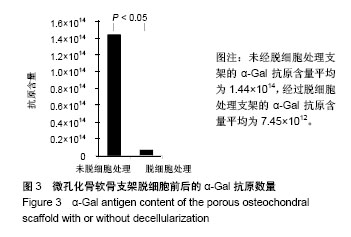
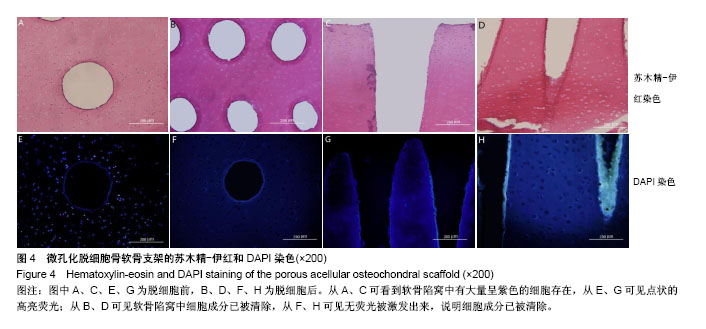
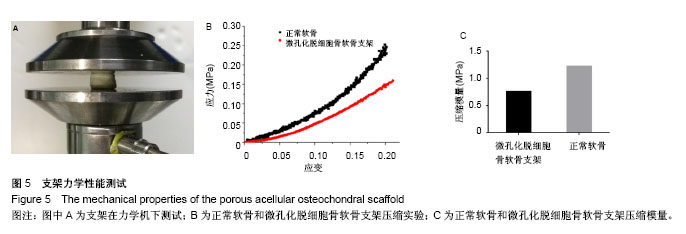

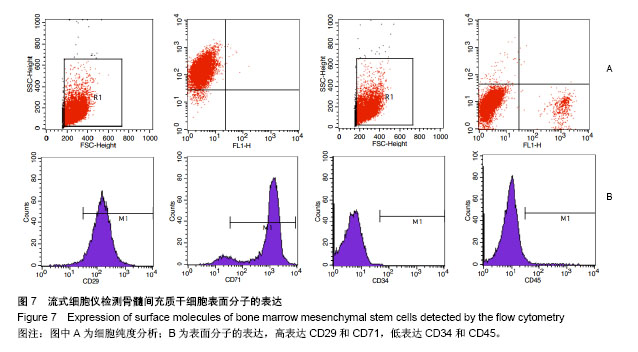
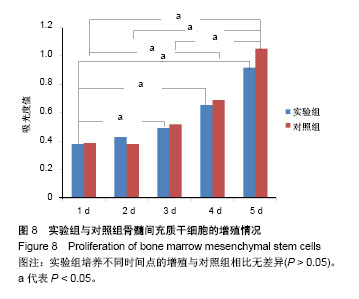
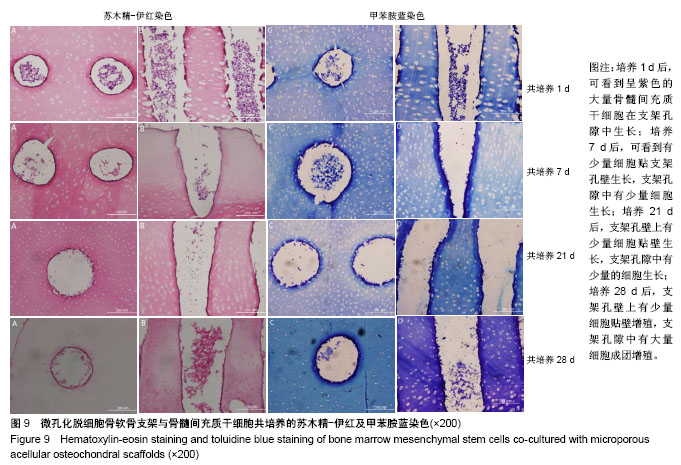
.jpg)
.jpg)